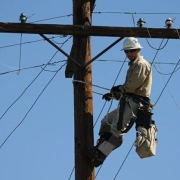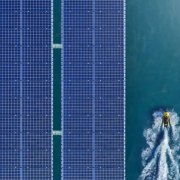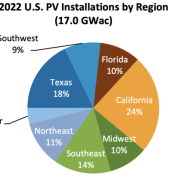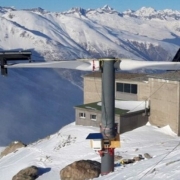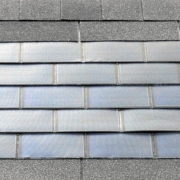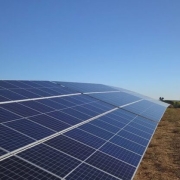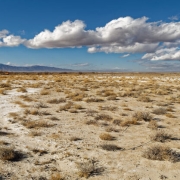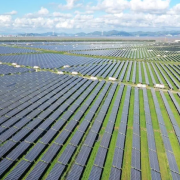The energy sector added almost 300,000 jobs last year, about a 3.8% growth rate from 2021 to 2022, according to an annual study released Wednesday by the U.S. Department of Energy.
Every state saw an increase in clean energy jobs, a sector which grew 3.9% nationally, according to the 2023 U.S. Energy and Employment Report. Overall U.S. employment grew 3.1% across the same period.
“We’re only getting started,” Bob Keefe, executive director of the national, nonpartisan business group E2, said in a statement
Click here to read the full article
Source: Utility Dive
—
If you have any questions or thoughts about the topic, feel free to contact us here or leave a comment below.

